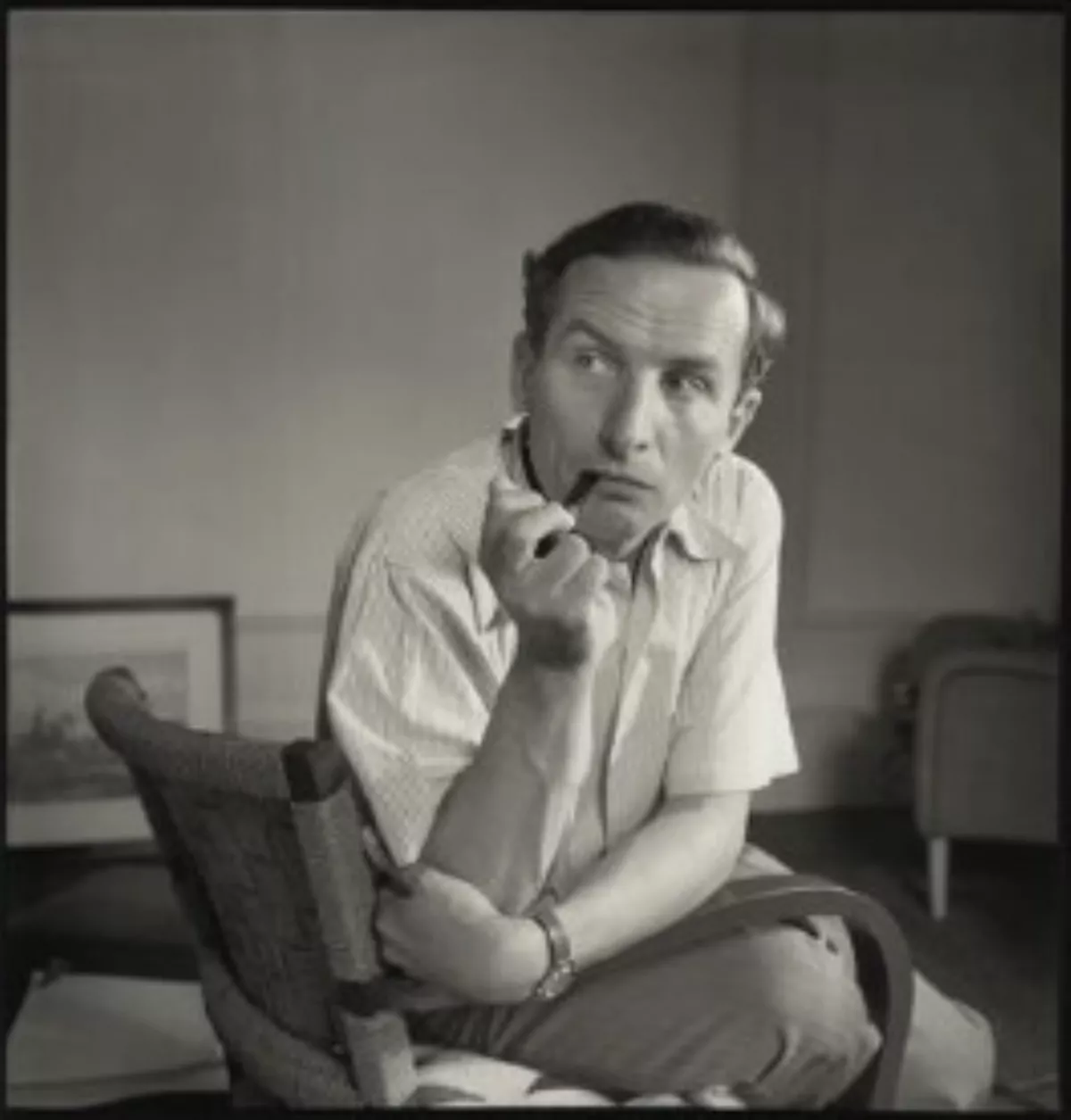 1.
1. Rudolf Arnheim learned Gestalt psychology from studying under Max Wertheimer and Wolfgang Kohler at the University of Berlin and applied it to art.

 1.
1. Rudolf Arnheim learned Gestalt psychology from studying under Max Wertheimer and Wolfgang Kohler at the University of Berlin and applied it to art.
Rudolf Arnheim lived in Germany, Italy, England, and the US, where he taught at Sarah Lawrence College, Harvard University, and the University of Michigan.
Rudolf Arnheim argued that perception is strongly identified with thinking, and that artistic expression is another way of reasoning.
Rudolf Arnheim argued that form and content are indivisible, and that the patterns created by artists reveal the nature of human experience.
Rudolf Arnheim was born into a Jewish family in 1904 on Alexanderplatz, in Berlin.
Rudolf Arnheim was interested in art from a young age, as he began drawing as a child.
However, Rudolf Arnheim wanted to continue his education, so his father agreed that he could spend half his week at the university and the other half at the factory.
Rudolf Arnheim ended up spending more time at the university, and when he was at the factory he was distracting the employees with his inquisitions about the mechanics of the piano, so his father agreed to let him focus entirely on his education.
Rudolf Arnheim was interested in psychology as long as he could remember, with his specific memory of buying some of the first editions of Sigmund Freud's books when he was fifteen or sixteen.
Rudolf Arnheim attended the University of Berlin, where he wished to focus his studies on psychology.
At that time, psychology was a branch of philosophy, so Rudolf Arnheim ended up majoring in experimental psychology and philosophy, and minoring in art history and music.
The Psychological Institute of Berlin University was located on two floors of the Imperial Palace, so Rudolf Arnheim worked in makeshift laboratories decorated with paintings of angels and other artwork.
Rudolf Arnheim looked at the extent to which people perceive an expression when they look at a face and what they perceive from a person's handwriting, as well as how the two corresponded.
When Jacobsohn died in 1928, Ossietzky took over and then Rudolf Arnheim worked on the cultural section until 1933.
Rudolf Arnheim lived and wrote about film and radio in Rome for the next six years.
Rudolf Arnheim moved to the United States in 1940 and was shocked by all the lights of New York City.
Rudolf Arnheim received the Guggenheim Fellowship in 1942 in order to study perception in art.
Rudolf Arnheim ideally wanted to write about applying Gestalt theory to visual arts, but felt he did not have enough research.
Rudolf Arnheim postponed the book in order to do more studies on space, expression, and movement.
In 1951, Rudolf Arnheim was awarded another Rockefeller Foundation Fellowship so that he could take a leave from teaching and he wrote Art and Visual Perception: A Psychology of the Creative Eye.
Rudolf Arnheim was invited to join Harvard University as professor of the psychology of art in 1968, and he stayed there for six years.
Rudolf Arnheim retired in 1974 to Ann Arbor, Michigan with his wife Mary.
Rudolf Arnheim became a visiting professor at the University of Michigan and taught there for ten years.
Rudolf Arnheim was a part of the American Society for Aesthetics and was their president for two terms, and was the president for the Division on Psychology and the Arts of the American Psychological Association for three terms.
Rudolf Arnheim argues that perception is strongly identified with thinking, and that artistic expression is another way of reasoning.
Rudolf Arnheim argues that form and content are indivisible, and that the patterns created by artists reveal the nature of human experience.
Rudolf Arnheim believed that most people have their most productive ideas in their early twenties.
Rudolf Arnheim believed that artwork is visual thinking and a means of expression, not just putting shapes and colors together that look appealing.